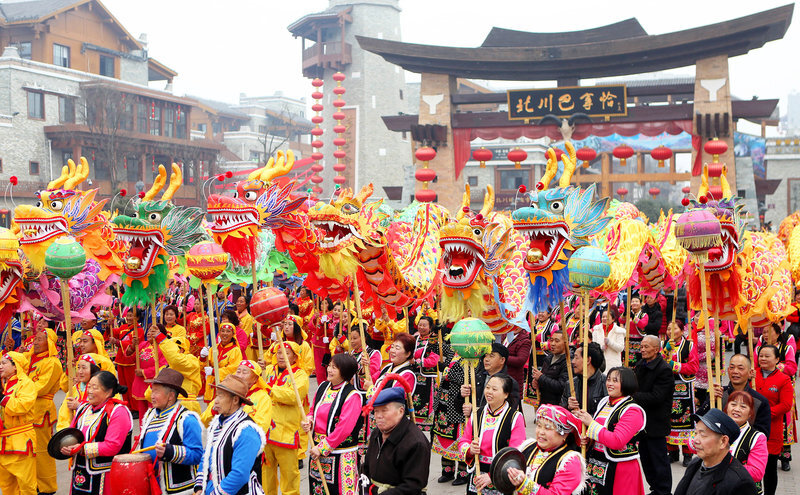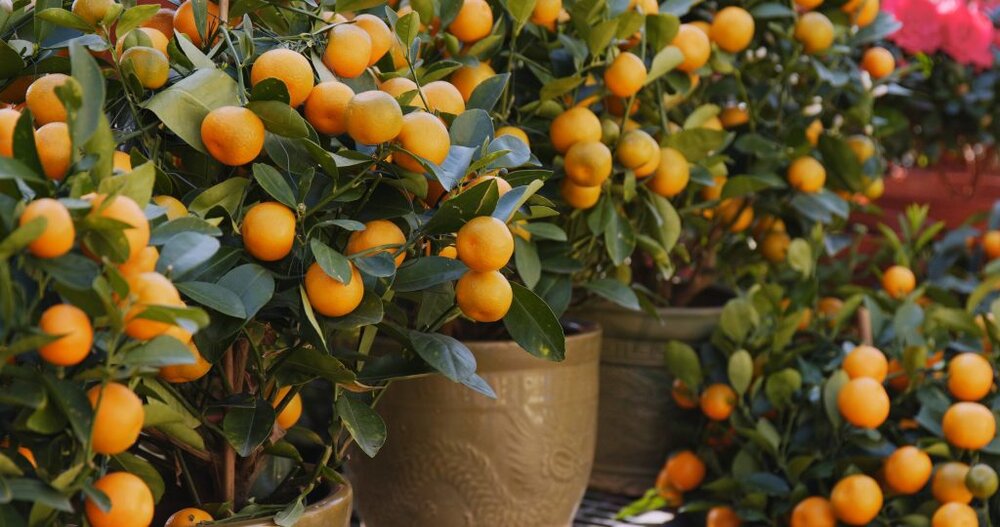Chinese New Year known as the Spring Festival and Lunar New Year is considered as the most popular festivals among the traditional Chinese festivals. The history of Spring Festival traced back to about 3.500 years ago.
Iran (IMNA) - Chinese New Year is regarded as the most respected holiday not just in China but also in some other countries in Asia. Date of Chinese New Year is variable because it is calculated based on the Lunisolar Chinese Calendar which changes every year.According to the Chinese lunar calendar this date falls between January 21 and February 20.
Spring Festival: end of cold weather
This holiday known as Spring Festival is celebrated within fifteen days. According to the traditional solar calendar, start of spring is 4-18 February. Though wintry weather prevails, this period implies the end of coldest part of winter and looking forward to the beginning of spring. Hence, the Chinese New Year is called Spring Festival.

Traditional origins and legends of Chinese New Year
As a traditional festival, Chinese New Year has a long history. One of the most popular stories refers to the mystical beast that is called Nian (/nyen/), who ate animals, corps and also people on the New Year’s Eve and sounds the same as the word ‘year’ in Chinese.
A wise man told people that Nian was scared of firecrackers and the color red. So, people put red lanterns and red scrolls on the doors and windows to stop Nian from coming inside and prevent him from destruction and attacking people.
Another story involved in praying to harvest gods. In this regard, there were winter sacrifices to gods and ancestors. Actually, Chinese New Year was a period for praying to the harvest gods in order to ensure about fruitfulness of their next year’s harvest.

Red decorations are everywhere in Chinese New Year as a lucky colour
Red colour has been recognized as a lucky colour representing positive things such as vitality, success, beauty, happiness and good fortune. Indeed, that’s the reason everything is in red during Chinese New Year. During Spring Festival, you can find red envelopes, lanterns, and spring couplets, as well as red paper cuttings hung up outside people’s home. Paper cuttings are decorated in form of animal of the year. As 2020 is the year of the rat, you can find red paper cuttings in form of rat everywhere in China.
Moreover, Chinese lanterns hung on trees, streets as well as doors of houses in important festivals such as the Spring Festival and the Mid-Autumn Festival. Chinese believe that hanging a red lantern in front of the door would drive off bad luck.

Kumquat tree: symbol of wealth and good luck
Kumquat tree is a popular plant during Spring Festival. Having this beautiful tree is symbol of wealth and good luck especially in South China’s Cantonese-speaking regions of Macau, Guangdong, Guangxi and Hong Kong. In Cantonese, the kumquat is called ‘gam gat sue’, in this sense the word gam means gold and gat stands for good luck.

Despite a growing concern over a strain of coronavirus that has infected nine people in the U.S., thousands of people attended the Chinese Lunar New Year Parade in Chicago. The annual event features marching bands, colorful floats, and traditional lion and dragon dances along Wentworth Avenue.
Many parade attendees were wearing masks, but the vast majority enjoyed the sunshine and colorful show without face protection, which has become ubiquitous amid concerns over the spread of the virus.
Your Comment